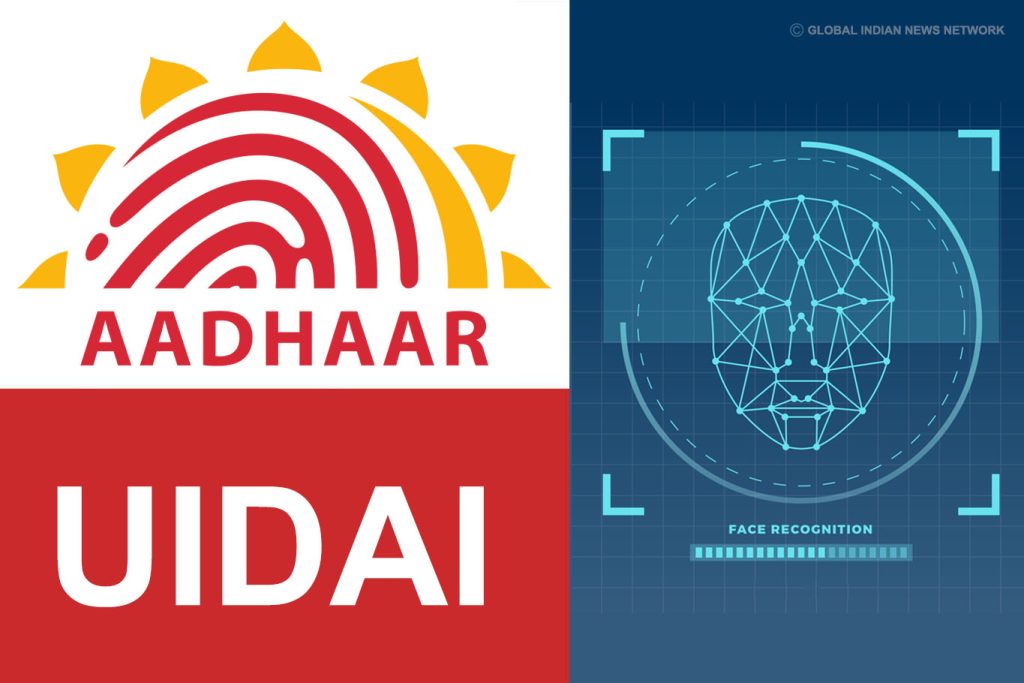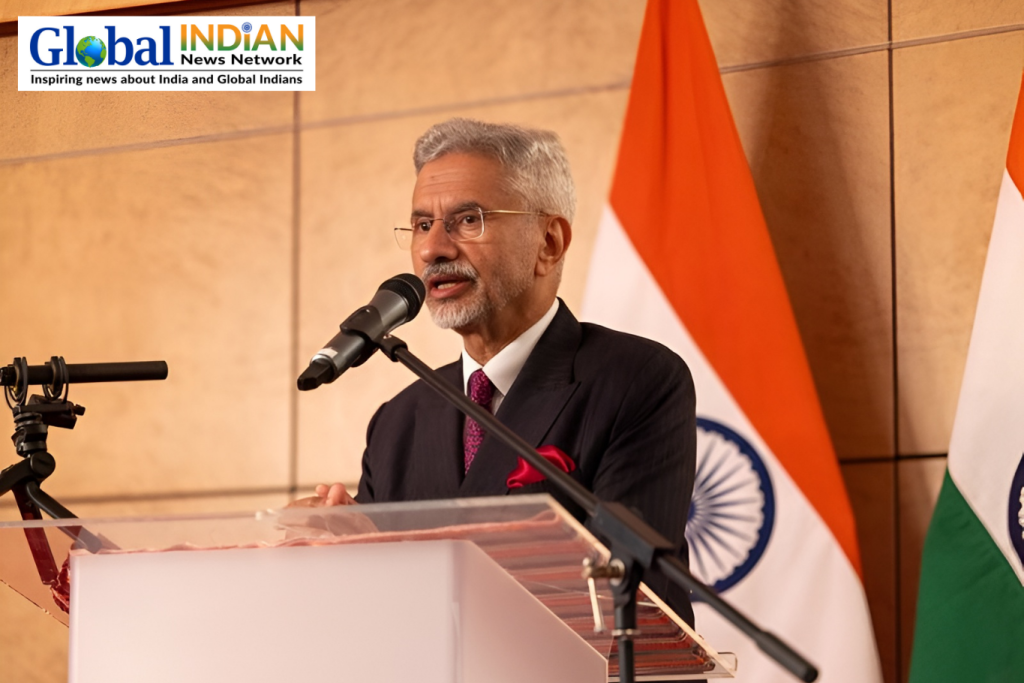 Since its launch in October 2021, the usage of Aadhaar-based face authentication transactions has reached a new peak, hitting 10.6 million in May. This marks the second consecutive month with over 10 million face authentication transactions recorded. The technology’s popularity is on the rise, evident from a 38% increase in May’s transactions compared to those in January 2023.
Since its launch in October 2021, the usage of Aadhaar-based face authentication transactions has reached a new peak, hitting 10.6 million in May. This marks the second consecutive month with over 10 million face authentication transactions recorded. The technology’s popularity is on the rise, evident from a 38% increase in May’s transactions compared to those in January 2023.
The Unique Identification Authority of India (UIDAI) has developed an AI and machine learning-based face authentication solution that is currently being used by 47 entities, including state and federal government offices, as well as various banks. It serves multiple purposes, including registering beneficiaries under the Ayushman Bharat Pradhan Mantri Jan Arogya Yojana, verifying beneficiaries under the PM Kisan scheme, and generating digital life certificates for retirees from their homes. Additionally, it aids in monitoring employee attendance in government agencies and facilitates the process of opening bank accounts through certain major banks and their business correspondents.
In Andhra Pradesh, the government is utilizing Aadhaar-based facial authentication for the Jagananna Vidya Deevena Scheme, which provides fee reimbursement to eligible higher education students, and the EBC Nestham Scheme, which aims to support women from economically backward segments.
The advantages of face authentication include ease of use and faster verification, making it a preferred supplementary authentication method alongside fingerprint and OTP verifications. Responding to public requests, the UIDAI completed 14.86 million Aadhaar upgrades in May.
The Aadhaar e-KYC service remains crucial in the banking and non-banking financial services sectors, enhancing transparency and improving consumer experiences while facilitating business transactions. In May alone, there were over 254 million e-KYC transactions.










